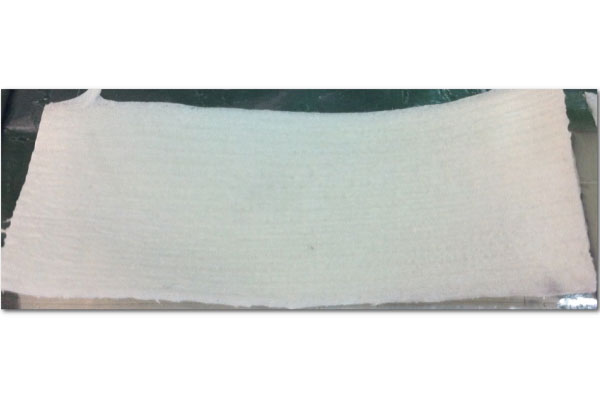ผลงานวิจัยเด่น

A Low Cost Demonstration Kit for Locating an Image Formed by a Plane Mirror Integrated with a Ray Diagram
October 24, 2017
T One Step IgM against Leptospira interrogans
October 24, 2017THEKA, a Synthetic Dural Substitute

Faculty of Science, Mahidol University
An inadequate dural closure is one of the most challenging problems for neurosurgeons during the surgical procedures. Currently, a number of dural substitutes have been proposed; however, the manufacturing process is rather complicated leading to a higher production cost. In addition, many of them cause serious life-threatening complications, including cerebrospinal fluid (CSF) leakage and meningitis. Oxidized regenerated cellulose (ORC) and polycaprolactone (PCL) have been extensively used as hemostatic agent and implanted in many biomedical applications. Despite their long term proven safety, the combined use of them as a dural substitute has not been explored. Therefore, this study aimed to fabricate and characterize THEKA, a new synthetic dural substitute based on a combination of ORC and PCL. In addition, its effectiveness was also determined in an in vivo model. The results showed that the combination of ORC and 20 part PCL in 100 part pharmasolve exhibited similar physical and mechanical properties to those of human dura. Additionally, this composite was also biodegradable, non-toxic and well tolerated in the animals model. Taken together, THEKA could offer an excellent dural substitute, which can be made available with an economic cost in our country.

Asst. Prof. Warinkarn Hemstapat
Faculty of Science, Mahidol University
warinkarn.hem@mahidol.ac.th
